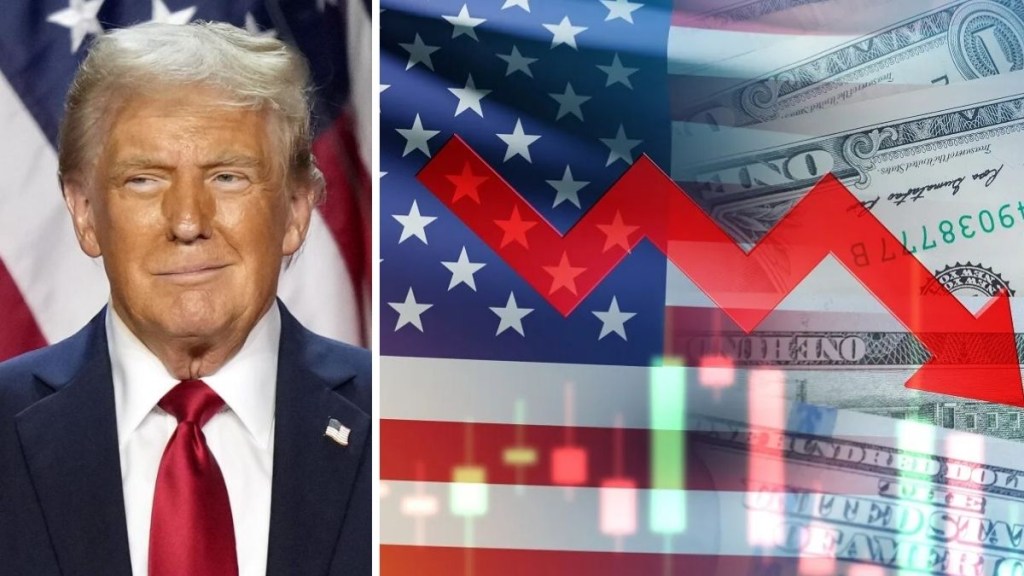The Organisation for Economic Co-operation and Development (OECD) has revised down its global and U.S. economic growth projections, citing the mounting impact of President Donald Trump’s aggressive tariff policies and persistent economic uncertainty.
The U.S. economy is now expected to grow just 1.6% in 2025 and 1.5% in 2026, significantly below the OECD’s March forecast of 2.2% for next year. The downgrade reflects the combined effects of Trump’s trade measures, reduced net immigration, a leaner federal workforce, and heightened policy unpredictability.
Global growth, too, is being dragged down, now projected to slow to 2.9% in both 2025 and 2026, down from previous estimates of 3.1% and 3% respectively. The OECD highlighted that the slowdown is “concentrated in the United States, Canada and Mexico,” with other major economies seeing milder adjustments.
“The global outlook is becoming increasingly challenging,” the OECD said, warning that if current tariff levels – in place since mid-May – persist, they will further erode growth prospects. Rising trade barriers, fragile consumer and business confidence, and tighter financial conditions are weighing heavily on the global economy.
Recent weeks have seen further turbulence in U.S. trade policy, including Trump’s country-specific reciprocal levies being briefly overturned by the U.S. Court of International Trade, only to be reinstated by an appeals court. Trump has also announced plans to double steel tariffs to 50%.
“The reason we have downgraded almost every country is because trade and policy uncertainty have reached unprecedented levels,” said OECD Chief Economist Alvaro Pereira in an interview with CNBC. “This has led to weaker investment and consumption, and overall economic activity indicators have taken a hit.”
Inflation pressures mount
Alongside slower growth, the OECD now expects higher inflation in the U.S., partly due to increased trade costs. The inflation forecast for the U.S. in 2025 has risen to 3.2%, up from 2.8%, with a possibility of approaching 4% by the end of the year. In contrast, G20 inflation is expected to average 3.6%, a slight improvement from March’s 3.8%.
While the full inflationary impact of tariffs remains uncertain – and may be softened by declining commodity prices – analysts agree that extended trade friction is likely to raise consumer prices.
Despite the grim macroeconomic outlook, Pereira pointed to one potential bright spot – technological advancements. He said the U.S. is “on the cusp of something quite significant” thanks to rapid progress in artificial intelligence, robotics, and quantum computing.
“Productivity in the U.S. has been robust, partly because American industries are more exposed to AI,” Pereira noted. However, he cautioned that for this tech-driven boom to materialise, the world must reduce trade barriers and restore investor confidence. “If countries can strike new trade deals and lower economic uncertainty, we could unlock a major wave of productivity and global economic growth,” he added.

